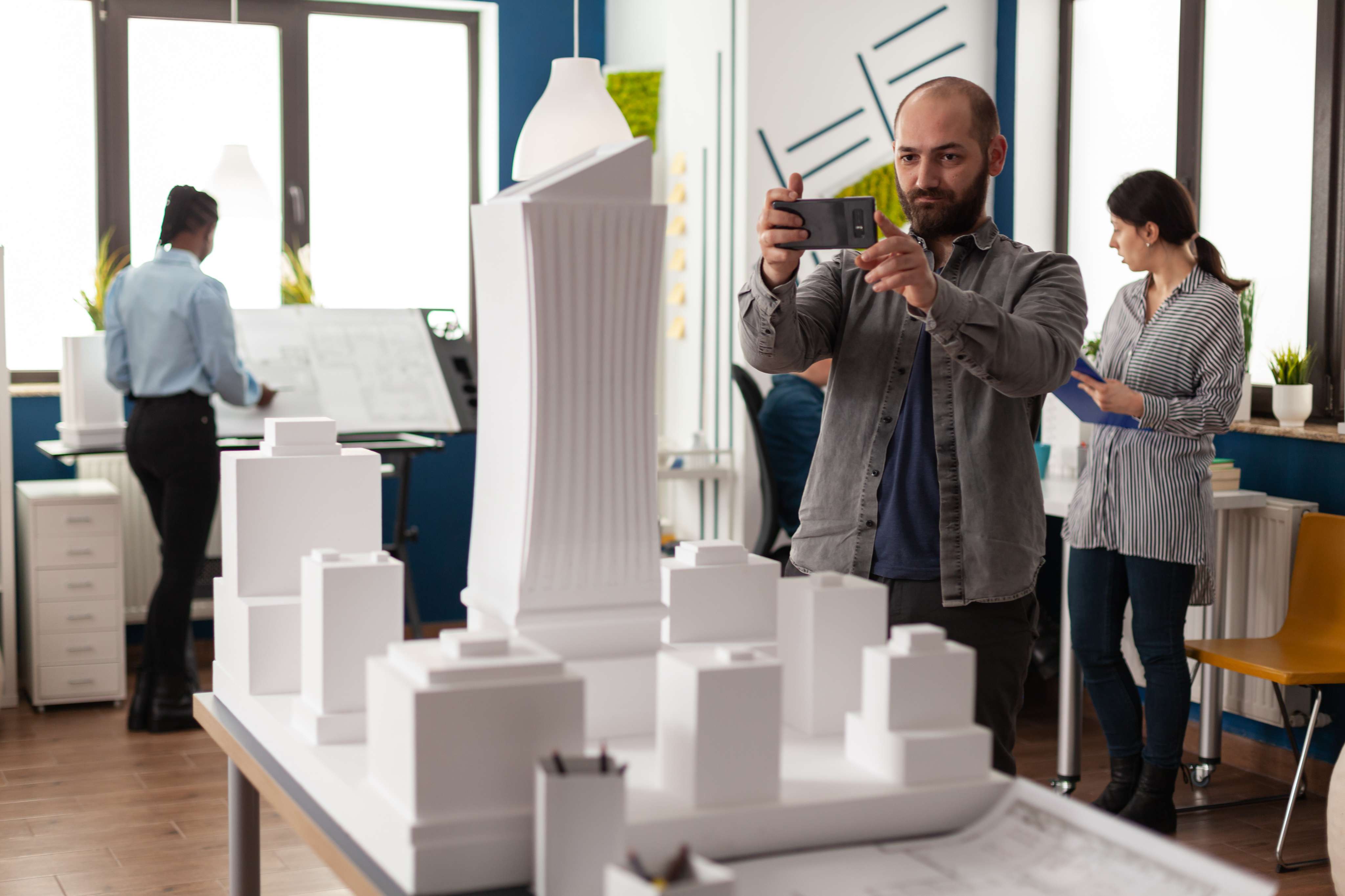
The Importance of BIM for Sustainable Design
As the demand for eco-friendly and energy-efficient buildings rises, **Building Information Modeling (BIM)** has become a game-changer in sustainable design. BIM streamlines green architecture by optimizing resource usage, enhancing energy efficiency, and minimizing waste throughout the construction lifecycle.
1. Energy-Efficient Building Designs
BIM enables architects and engineers to integrate **energy analysis tools**, assess building performance, and reduce carbon footprints. With **real-time energy simulations**, designers can optimize HVAC systems, lighting, and insulation for maximum sustainability.
2. Smart Material Selection and Waste Reduction
BIM enhances **sustainable material selection** by analyzing lifecycle costs, durability, and environmental impact. It also minimizes construction waste by enabling precise material estimation and **prefabrication**, reducing on-site waste generation.
3. Green Certifications and Compliance
With **BIM-driven sustainability**, builders can meet green building standards like **LEED (Leadership in Energy and Environmental Design)** and **BREEAM (Building Research Establishment Environmental Assessment Method)**. BIM automates compliance tracking and ensures adherence to environmental regulations.
4. Digital Twins for Sustainable Facility Management
The integration of **Digital Twins** allows for real-time monitoring of energy consumption, air quality, and water usage, helping facility managers optimize operations for long-term sustainability.
5. Reducing Carbon Footprint with Smart Planning
BIM helps reduce **embodied carbon** by analyzing the environmental impact of construction materials, transportation, and manufacturing processes. This leads to **carbon-conscious design strategies** that promote greener urban development.
6. Enhanced Collaboration for Sustainable Goals
Cloud-based **BIM collaboration platforms** enable real-time communication among stakeholders, ensuring seamless integration of **sustainable building strategies** into design and construction phases.
7. Future of BIM in Sustainable Architecture
As AI and machine learning advance, BIM will continue to revolutionize **sustainable architecture**, providing data-driven insights to create smart, resilient, and energy-efficient buildings for the future.
Embracing BIM for sustainable design not only helps the environment but also enhances building longevity and operational efficiency. With the construction industry moving towards **net-zero buildings**, BIM is the key to a greener future.




Emma Wilson
02/05/2024
BIM plays a crucial role in sustainable design! Optimizing energy efficiency through simulation tools is a game-changer.
Liam Carter
02/07/2024
Green building and BIM go hand in hand. The ability to track material sustainability and lifecycle costs is a huge advantage.
Sophia Martinez
02/08/2024
BIM-driven sustainability strategies can help reduce carbon footprints in construction. Excited to see more eco-friendly projects!